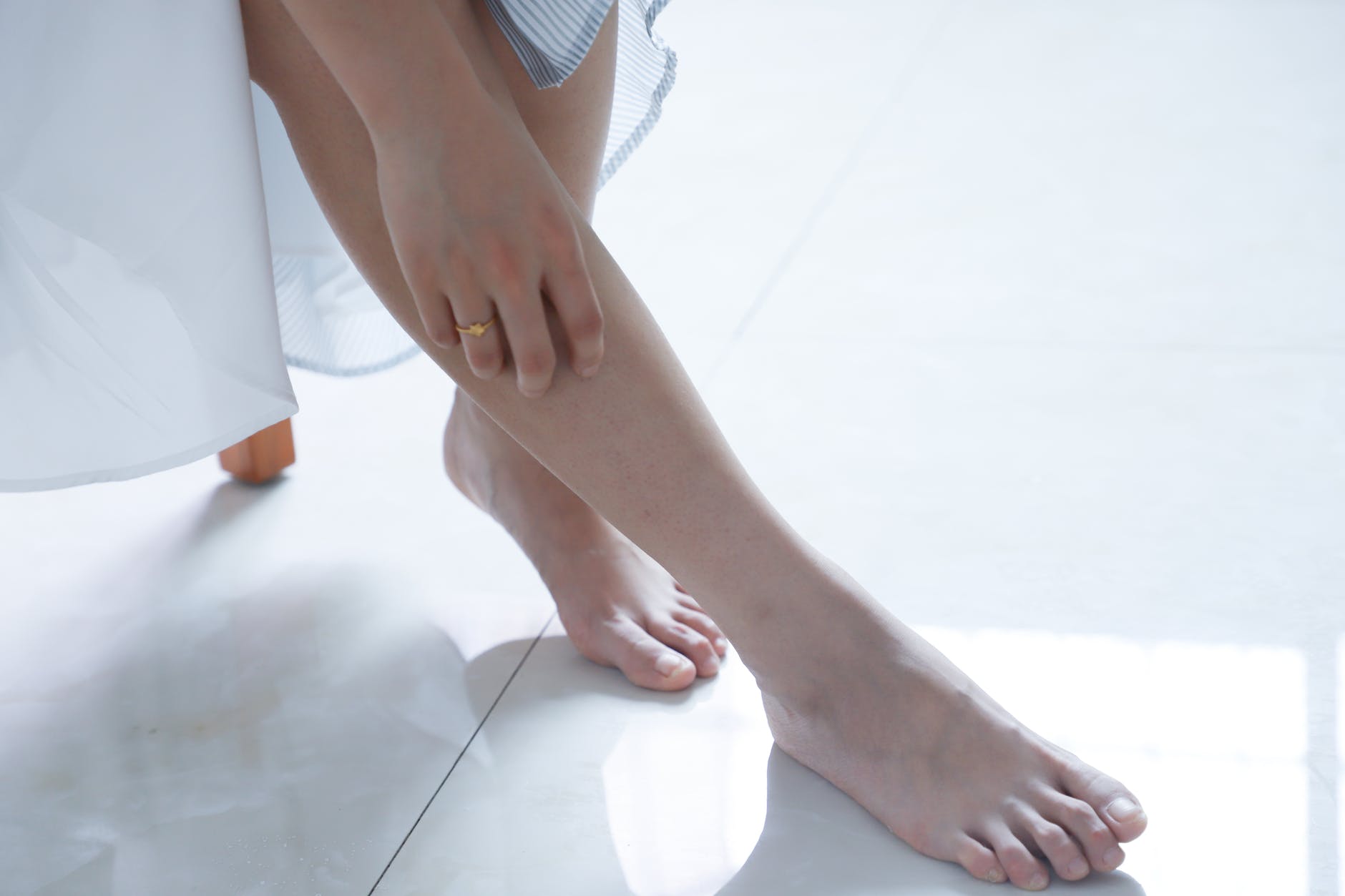
What are "COVID toes"? Doctors detected a new symptom of COVID-19, and children are likely to manifest it.
Informally dubbed “COVID toes," this new coronavirus symptom has the presence of purple or blue lesions on feet and toes.
“They’re typically painful to touch and could have a hot burning sensation,” said Dr. Ebbing Lautenbach, chief of infectious disease at the University of Pennsylvania's School of Medicine.
According to doctors, the most interesting thing about "COVID toes" is they appear in COVID-19 patients who do not manifest any other symptoms.
Meanwhile, there is a link found between loss of taste and smell and COVID-19 among otherwise asymptomatic patients. The American Academy of Otolaryngology – Head and Neck Surgery and ENT UK found this in late March.
“This is a manifestation that occurs early on in the disease, meaning you have this first, then you progress,” Lautenbach said.
“Sometimes this might be your first clue that they have COVID when they don’t have any other symptoms," he added.
Moreover, “COVID toes” in some patience can disappear after a week to 10 days. Others develop to respiratory symptoms, he said.
More children and young adults than any other age group are likely to have the new symptom. Ebbing believes this may be because of the stronger immune systems in children and young adults.
Ebbing states that “COVID toes” were found by Italian doctors in March. Experts learned about the strange symptom and started noticing more and more cases in the USA.
Two hypotheses
Two running hypotheses on what could cause “COVID toes" are available. According to Ebbing, one possible explanation is that an inflammatory response exists. It is more localized to a patient’s foot and toes. It could also be a clotting of blood vessels.
“The short answer is nobody knows,” he said.
Susan Wilcox, chief of critical care for the emergency department at Massachusetts General Hospital, recognized the purple lesions on her most critically ill COVID-19 patients. She initially believed it was purpura fulminans.
She explained that this happens when inflammation from a severe infection triggers the body to produce micro-clots in tiny blood vessels in the toes, fingers and even nose.
Acute respiratory distress syndrome
Wilcox noted this is most common in patients who have acute respiratory distress syndrome, or ARDS, the majority of which die of intense, systematic inflammation.
“You get the infection, and then your body will release a cascade of inflammation,” she said. “In many ways, it’s beneficial, but then sometimes it can either be too much, so the inflammation can lead to its own damage.”
According to Wilcon, this has happened in cases of viral pneumonia or a bad flu.
As experts continue to study the disease and how it relates to “COVID toes,” Ebbing said the public must be cautious and maintain vigilance in curbing the spread of the coronavirus.
Although patients with “COVID toes” may test negative for COVID-19, as the virus is in its initial phases, he said patients should quarantine at home and be watchful of developing symptoms.






